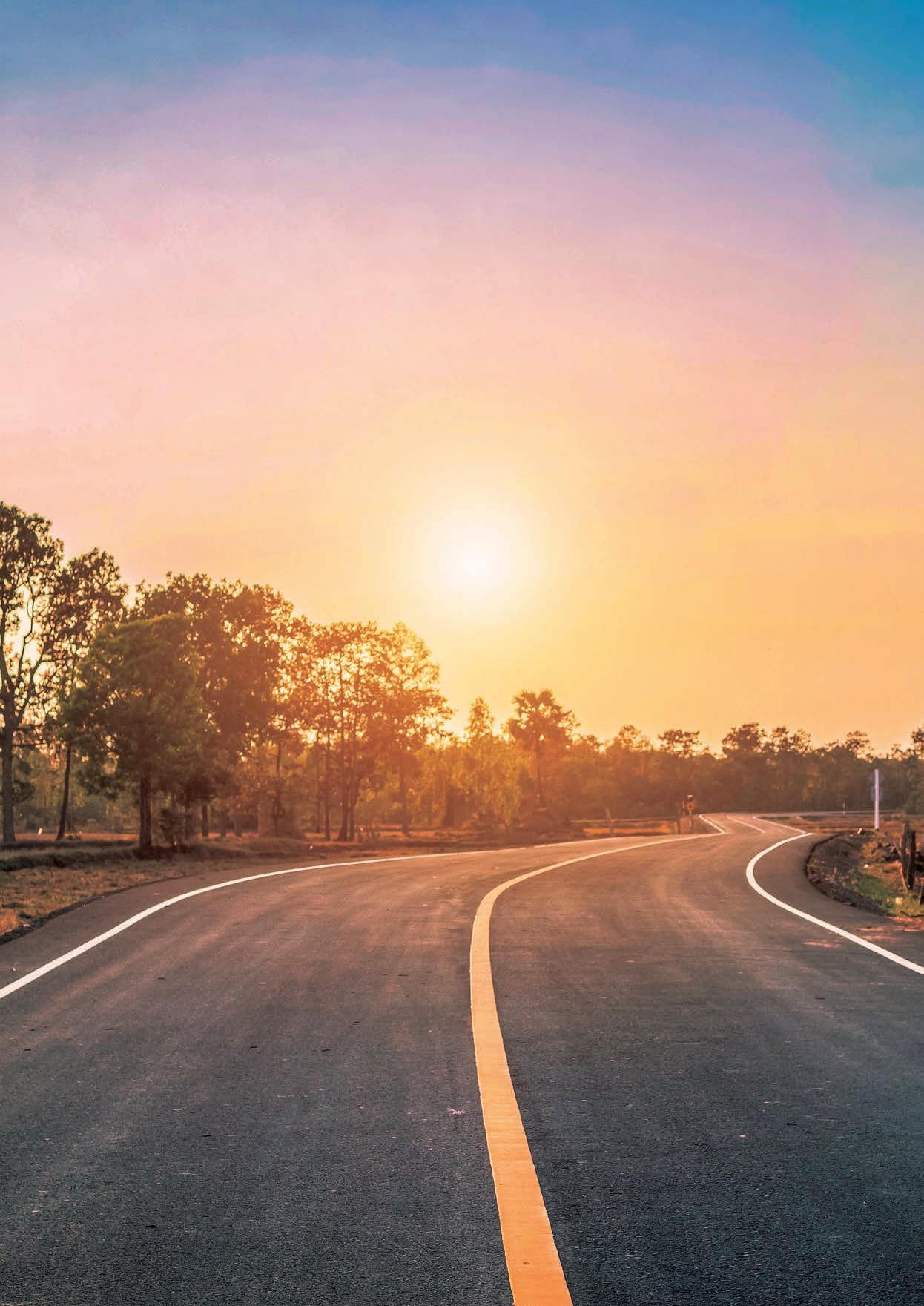THE BUSHFIRE CRISIS INFRASTRUCTURE
RECOVERY T
Aside from the mental anquish of one of the worst fire seasons in Australia’s history, infrastructure assets have also been destroyed.
46
ROADS MARCH 2020
he 2019-20 season of bushfires in Australia, while still not over, has seen some of the worst destruction and loss of life ever recorded for fires across the country. The BBC reported on 31 January that 33 people had been killed, four of whom were firefighters. Media reports suggest around one billion animals have also been killed as a result of the fires. Aside from the mental anguish of one of the worst fire seasons in Australia’s history, infrastructural assets such as roads, rail, bridges and community buildings have also been destroyed in many jurisdictions across the country. With a major focus on supporting the ongoing consequences of the fires, the country is beginning to address the recovery process in which engineers, asset managers and construction contractors will play an important role. As the peak body for public works engineering, the Institute of Public Works Engineering Australia (IPWEA) released a statement recognising the effect the fires have had on many of its members and their colleagues. The organisation also acknowledged its role to take the lead during the recovery process. In a statement in January CEO David Jenkins spoke about the role asset managers will play in rebuilding Australia. “IPWEA’s network has a wealth of planning, engineering and technical experience in supporting communities affected by natural disasters. Many of our members will be
making significant contributions, for example by keeping critical roads, water supplies and buildings operational throughout the crisis,” he said. He said IPWEA will work with the authorities and agencies and collaborate with its eight divisions on the most effective use of the organisation’s resources to aid practical recovery and rehabilitation of the affected regions. Speaking to Roads & Infrastructure, Mr. Jenkins says the assessment of fire damage and the decision for a recovery plan will start with reconnecting and providing essential services to affected communities. These services will enable them to start the rebuild. “Another stage that will emerge is recovery funding applications. Organisations with complete asset registers showing reliable valuations will be better placed to receive appropriate compensation,” Mr. Jenkins says. Mr. Jenkins says the IPWEA technical practice notes, such as the ‘Useful Life of Infrastructure’, will assist with rebuilding. However, he also adds many building standards will guide the process more specifically. “Our ‘Ask Your Mates’ online community is another way for organisations to reach out to members of the profession for practical advice and to share experiences during bushfire recovery,” he said. IPWEA publications also encourage a risk management approach and are expected to indirectly influence new infrastructure construction to protect against fire risks. “This is now seen as a significant driver that
Image credit: Joachim Zens / Shutterstock.com
THOUGH THE AUSTRALIAN FIRE SEASON HAS NOT ENDED, PLANS TO REBUILD AFFECTED AREAS ARE TAKING PLACE TO GET COMMUNITIES BACK ON THEIR FEET. INFRASTRUCTURE AND FIRE SAFETY EXPERTS DETAIL WHAT WILL BE REQUIRED FOR THE COUNTRY-WIDE RECOVERY EFFORT.




















